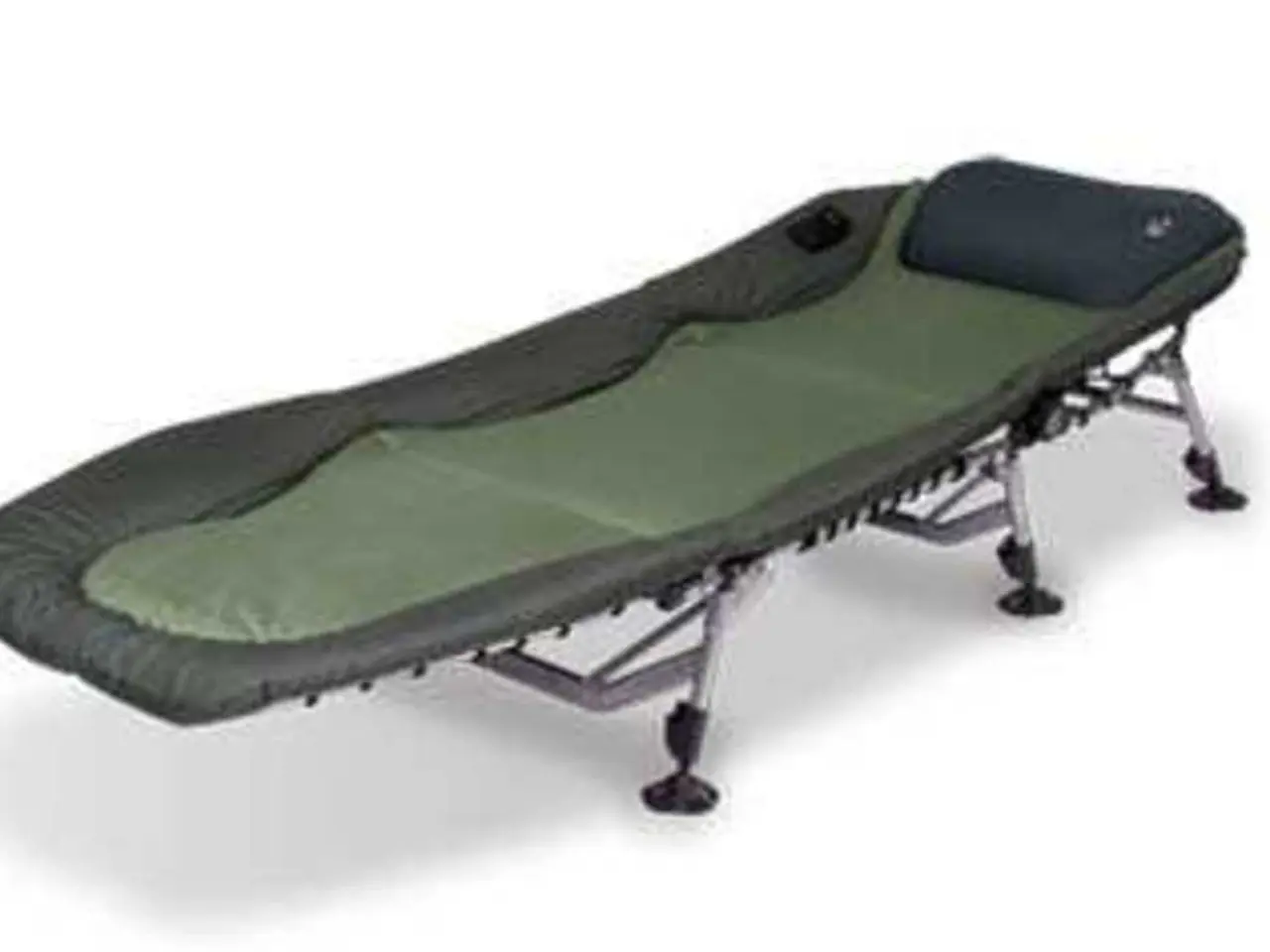Improved Healing for Diabetic Foot Ulcers with a Promising Drug
=====================================================================
In a groundbreaking study, researchers from the Air Force Medical University in China have developed a method to enhance the healing power of stem cells, offering a promising solution for stubborn diabetic ulcers.
The research, published in the journal Burns & Trauma, focuses on stem cells taken from bone marrow. By applying a simple, controlled stretch in the lab, scientists may have found a way to unlock more of the cells' natural healing ability.
The optimal stretching conditions were found to be a pull of about 15% of the cell's length, repeated 1,440 times, with each stretch lasting five seconds. Under these conditions, the stem cells multiplied faster, held onto their ability to regenerate, and produced more substances linked to wound repair, such as collagen types I and III, vascular endothelial growth factor (VEGF), and transforming growth factor-beta (TGF-β).
This mechanical stimulus also increases cell migration, adhesion, and the formation of more mechanically robust stem cell sheets. These effects collectively overcome typical diabetic wound challenges such as prolonged inflammation, impaired collagen production, and poor tissue regeneration, leading to more effective and lasting wound repair.
Faster recovery and stronger, longer-lasting repairs could be possible with the use of enhanced cell-based dressings. The findings suggest the possibility of creating ready-made wound dressings containing these enhanced cell sheets for use on stubborn diabetic ulcers.
However, practical questions need to be addressed, such as how to produce enhanced cell sheets in large numbers, how long they can be stored, and what the cost might be for hospitals and clinics. Studies in humans are needed to determine if the same effects occur.
Chronic wounds from diabetes can lead to serious problems, including loss of limbs, and they take a heavy toll on patients' health and quality of life. If the approach works in people as it has in animals, cell-based dressings could become a regular part of diabetic wound care in the future.
The work offers a new direction for treating wounds that currently have few good solutions. The method involves stretching stem cells gently while they grow in the lab using a special device. This research supports the growing idea that the physical environment matters for how cells function.
In addition to the enhanced healing properties, the experimental drug used in the study significantly lowered blood sugar and improved insulin sensitivity in patients. If combined with the enhanced stem cell therapy, this could lead to even more effective treatment for diabetic wounds.
The research on enhancing stem cells for diabetic wound healing has only been tested in animals so far. However, if successful in human trials, it could revolutionize the way we treat chronic wounds caused by diabetes.
Read also:
- Overweight women undergoing IVF have a 47% higher chance of conceiving naturally post-weight loss
- What temperatures may make walking your canine companion uncomfortable?
- Alcohol consumption and the connection to esophageal cancer: An exploration of links and potential hazards
- Eye treatments for Drusen: Insights and expansions






